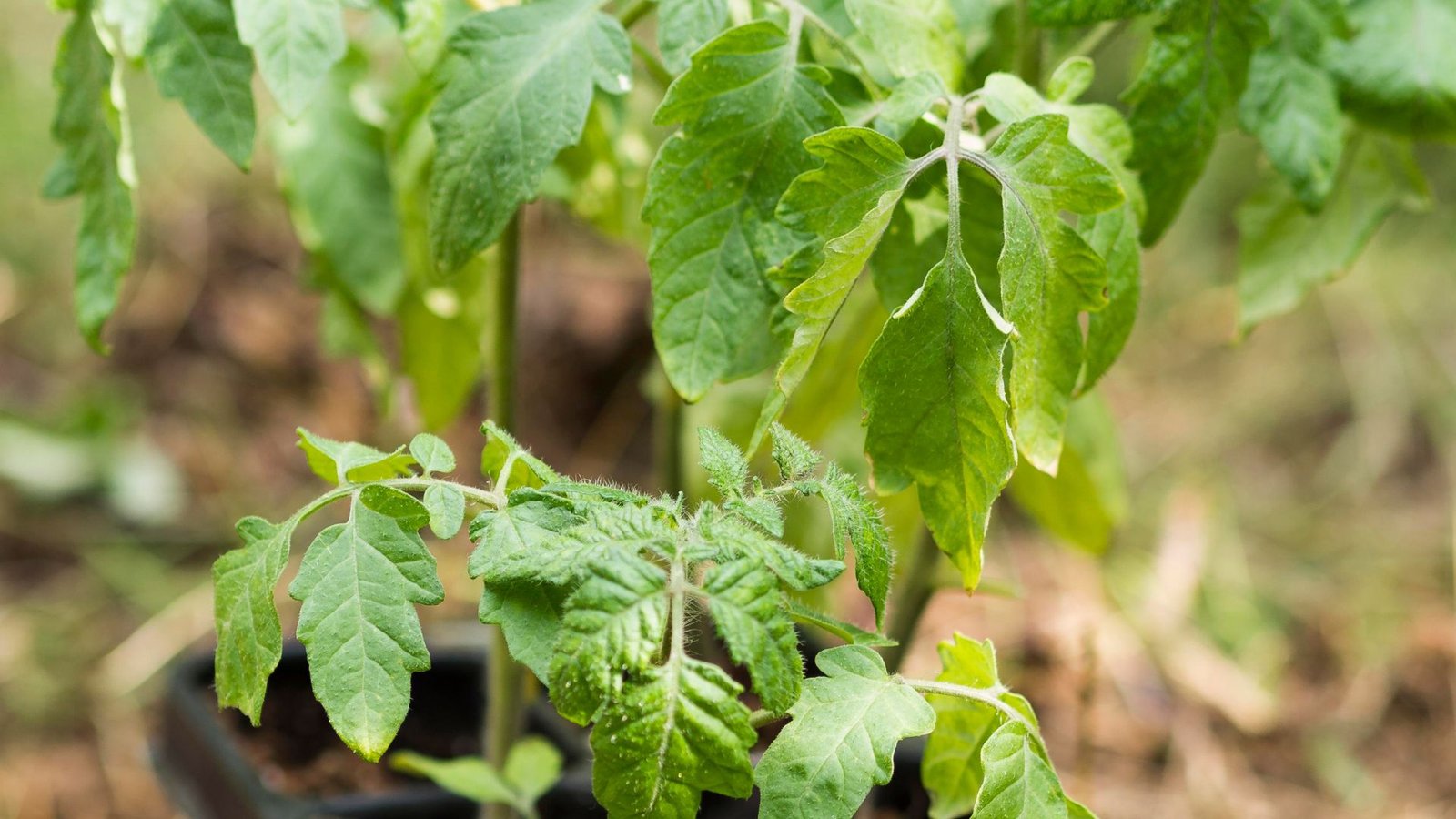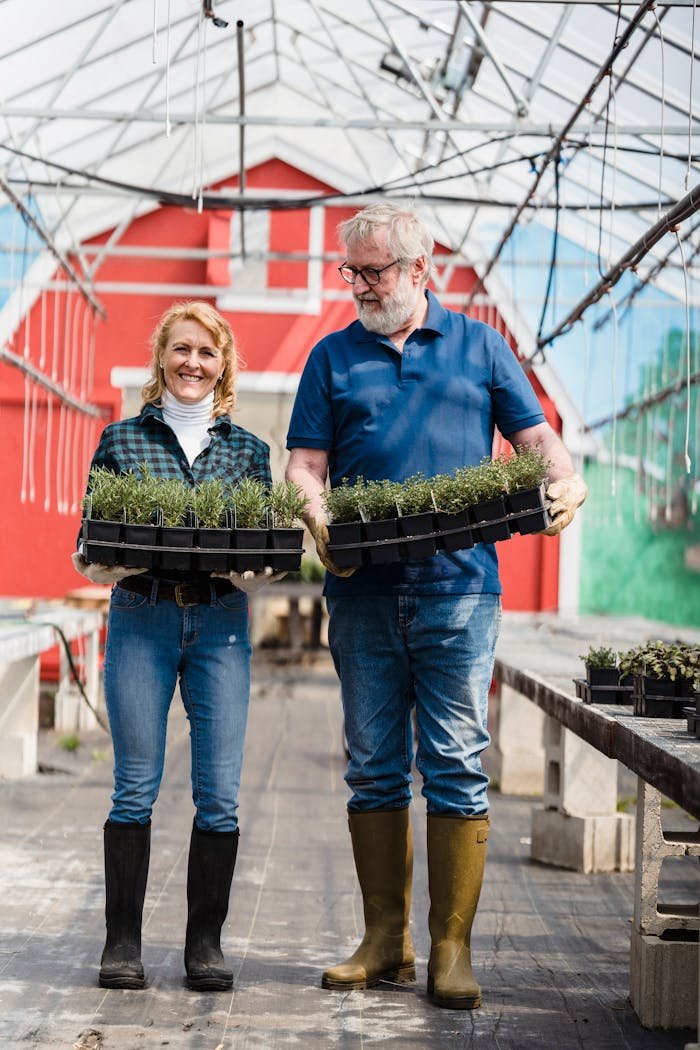When it comes to growing healthy tomato plants, the best mulch for tomatoes can make all the difference. Mulching not only helps retain moisture but also keeps soil temperature regulated, promotes soil health, and prevents weed growth. Whether you’re planting in the ground or containers, selecting the right mulch material is essential for boosting tomato growth and enhancing yields.
There are many mulch types to consider, including both organic and inorganic options, each offering unique benefits. By properly mulching your tomatoes, you’ll create an ideal growing environment that reduces disease risk, conserves water, and ensures your plants thrive. Let’s explore the top mulching options to get the best results for your tomatoes.
Why Mulch is Essential for Tomato Plant Health
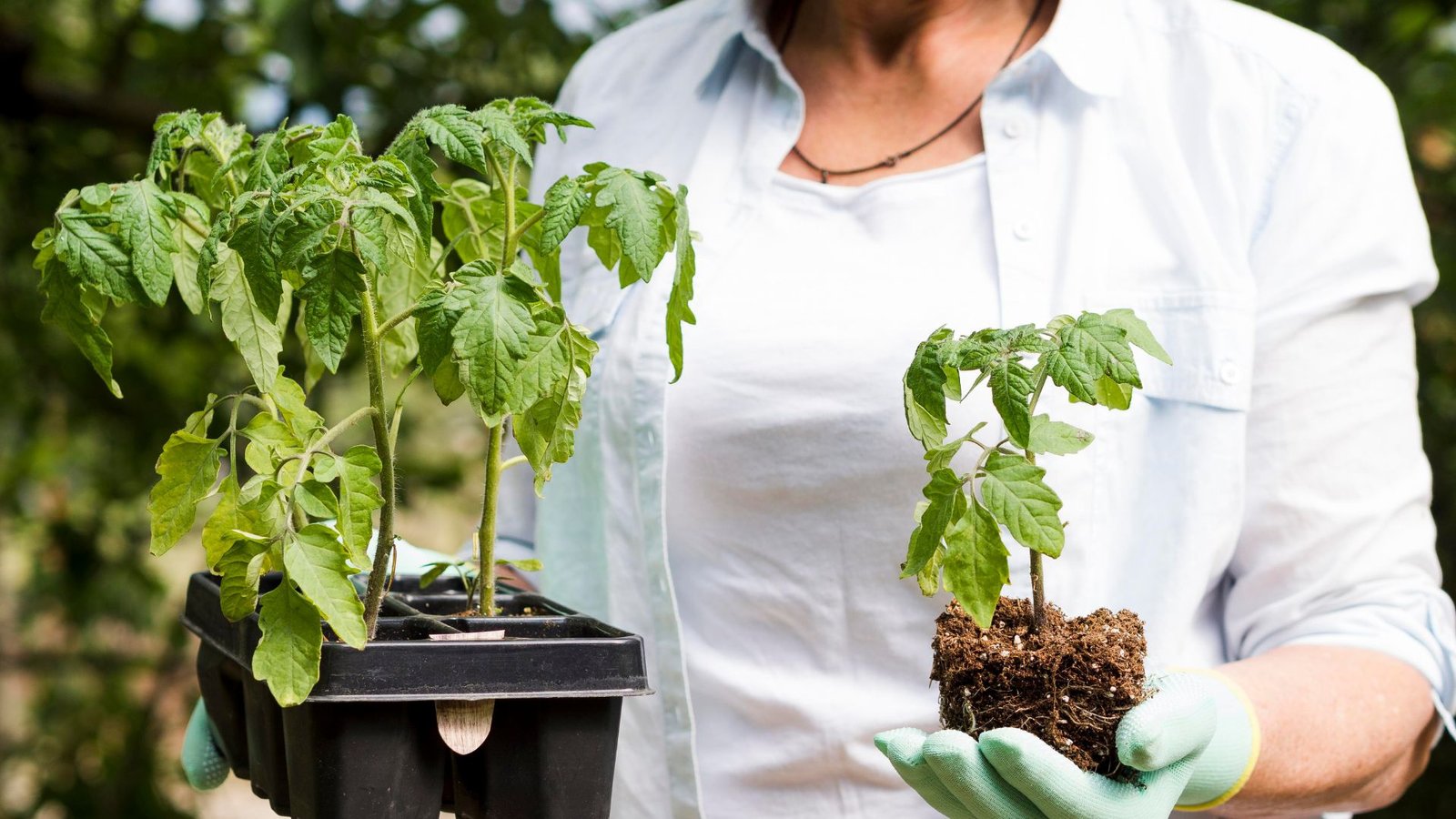
Mulching is essential for tomato plant growth because it plays a vital role in improving soil health. It regulates soil temperature, keeping it cool in summer and warmer in spring. This ensures your tomato plants stay healthy and productive throughout the growing season. Mulch also helps retain moisture in the soil, meaning your plants need less frequent watering, which is particularly useful in hot weather.
Furthermore, mulching acts as a barrier against weeds. By covering the soil, it prevents unwanted plants from stealing nutrients and water from your tomato plants. Mulch to prevent weeds in your tomato garden is an excellent way to reduce the back-breaking task of weeding. Additionally, organic mulches like straw, grass clippings, and shredded leaves provide slow-releasing nutrients as they decompose, enhancing soil fertility.
Top Mulching Materials for Tomatoes
When choosing the best mulch material for tomatoes, it’s important to consider both organic and inorganic options. Organic mulches, such as straw mulch for tomatoes, grass clippings as mulch, and shredded leaves for tomatoes, break down over time, improving the soil. These materials are perfect for gardeners looking to improve their soil’s fertility and texture. On the other hand, inorganic mulches like black plastic or red plastic can offer long-lasting protection and work wonders for moisture retention and weed prevention.
Both organic and inorganic mulches have their pros and cons. Organic mulches offer the added benefit of enriching the soil, but they need to be replenished as they decompose. In contrast, black plastic mulch for tomatoes or red plastic mulch is more durable and can last for several years without breaking down, though they don’t provide additional nutrients to the soil.
Organic Mulches: Natural Choices for Healthier Tomato Plants
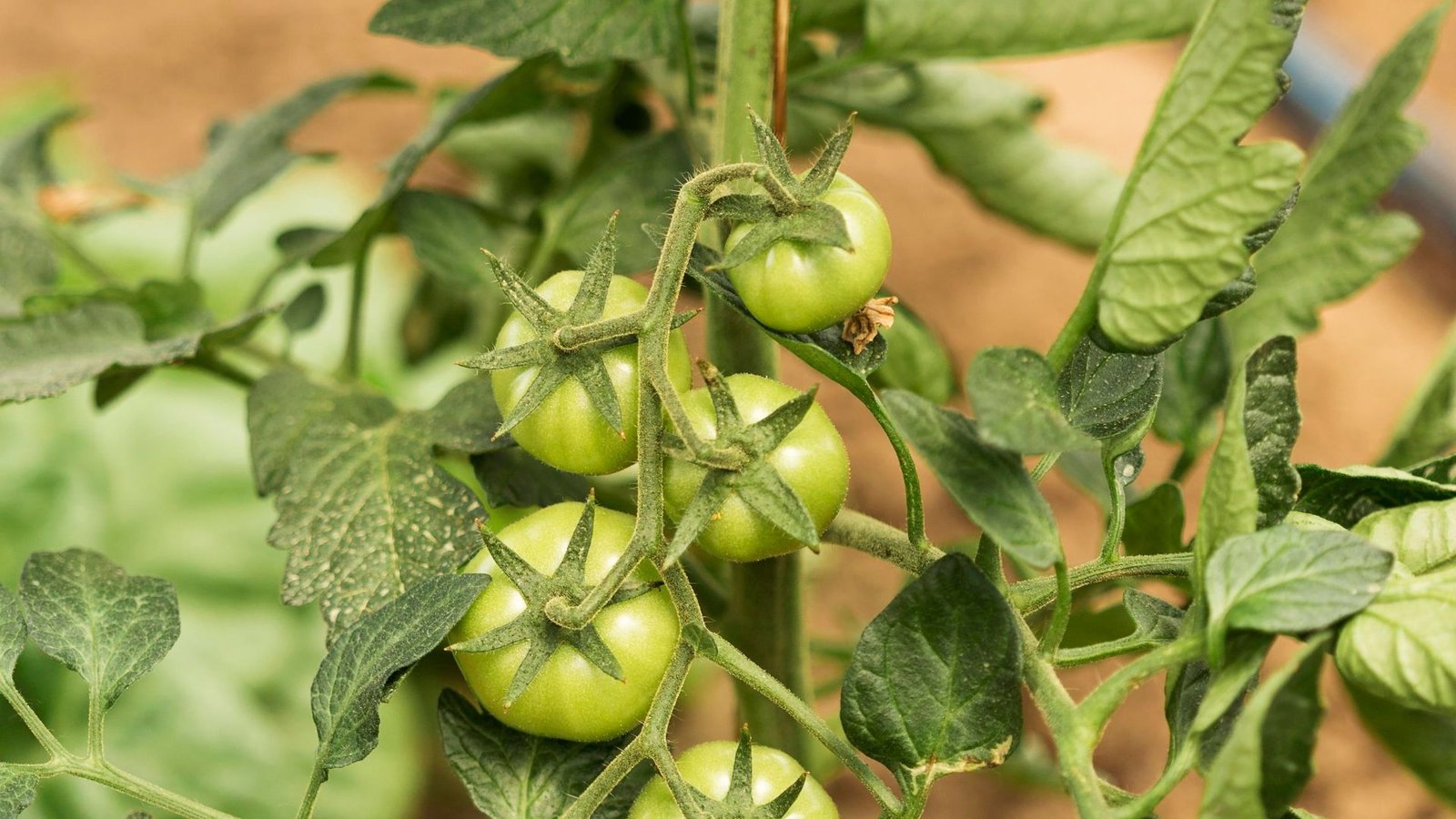
Organic mulches like straw and compost are fantastic choices for tomatoes. They are rich in nutrients and improve soil fertility, which is essential for tomato plant growth. Straw mulch for tomatoes is a popular option because it’s lightweight and easy to apply. It helps keep the soil cool, conserves moisture, and prevents soil erosion. Another great option is compost for tomato plants, which not only conserves moisture but also improves the soil’s overall structure.
One of the best things about organic mulches is that they slowly break down and release nutrients into the soil, supporting tomato plant growth. Over time, they improve soil texture and increase its ability to hold water, which is essential for growing healthy, strong tomatoes. However, organic mulches do need to be replenished regularly to ensure continuous benefits.
Inorganic Mulches: Synthetic Options for Long-Term Use
Inorganic mulches, such as black plastic and red plastic, are ideal for long-term use. These materials don’t break down, making them durable and reliable for mulching tomato plants for several seasons. Red plastic mulch for tomatoes has been shown to increase tomato yields by reflecting light onto the plant, promoting faster growth. It can also help with pest control, as certain types of plastic mulch deter common tomato pests.
Black plastic, another common choice, is great for warming the soil early in the growing season, allowing for faster planting. It also helps with moisture retention and can be reused multiple times. However, inorganic mulches don’t add nutrients to the soil, so they should be used in combination with other practices, like fertilizing or using organic mulch for tomato plants.
How to Properly Mulch Your Tomato Plants

To get the most out of mulching techniques for tomato plants, it’s important to apply the mulch correctly. Start by applying mulch after planting when the soil has warmed up. The ideal mulch depth is 2-3 inches, ensuring it covers the soil evenly while allowing air and water to reach the roots. Be careful not to pile mulch against the tomato stem, as this can cause fungal diseases and rot.
Remember to leave a gap around the base of the plant to allow for proper moisture retention and air circulation. This ensures that the mulch is providing the maximum benefit without causing any harm to your tomato plants. How to apply mulch to tomato plants properly will make a big difference in how your plants grow and thrive.
Mulching for Container-Grown Tomatoes
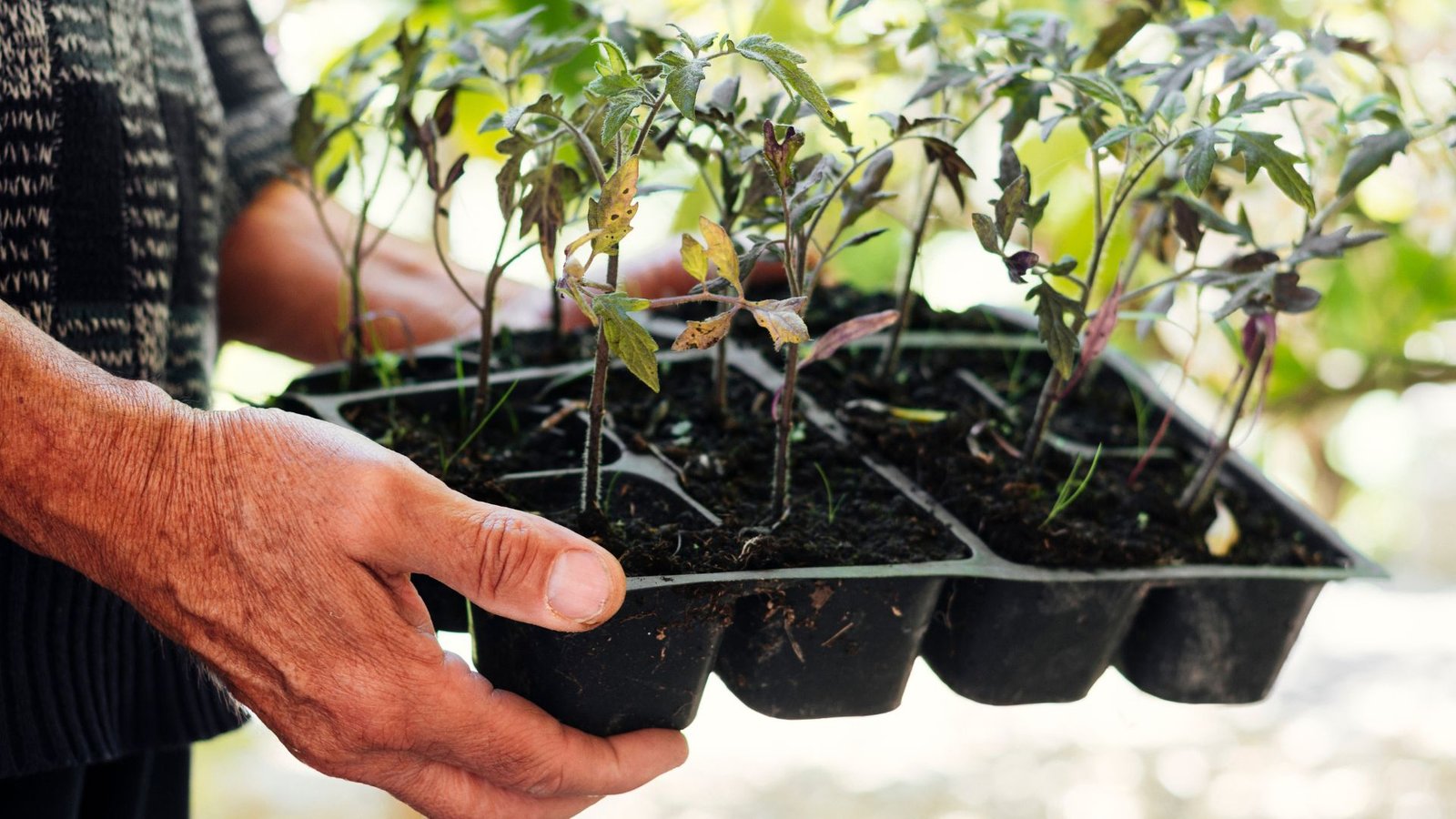
Growing tomatoes in containers requires a bit more attention, especially when it comes to best mulch for container-grown tomatoes. Since container soil can dry out quickly, it’s important to use mulch that helps retain moisture and provides good aeration. Lightweight organic mulches, such as shredded leaves or bark, work well in containers, as they won’t compact and block air flow to the roots.
Best practices for mulching tomatoes in containers include using a thin layer of mulch to cover the soil surface. This prevents the soil from drying out too quickly while still allowing the plant roots to breathe. Always keep an eye on the moisture levels in the container, as the mulch can help but won’t replace regular watering.
Common Mulching Mistakes to Avoid for Tomato Plants
There are a few common mistakes to watch out for when mulching tomato plants. One of the biggest mistakes is mulching too early, before the soil has warmed up enough. Mulch should be applied after the soil has reached a sufficient temperature, especially if you are using black plastic mulch for tomatoes, which helps warm the soil. Applying mulch too early can delay soil warming and slow plant growth.
Another mistake is using mulch that is too thick, which can suffocate the roots and prevent soil temperature regulation. Always keep the mulch layer around 2-3 inches thick, and make sure to leave a small gap around the stem of the plant to allow air circulation.
How Mulching Improves Tomato Growth and Yields
Mulching helps increase tomato yield by maintaining an even moisture level around the plant. It also regulates soil temperature, creating a more stable environment for roots to grow. The benefits of mulching tomato plants extend beyond moisture retention; it helps prevent diseases, reduces stress on the plants, and ensures a healthier overall environment for your tomatoes to thrive.
Mulch also helps with pest control. It acts as a physical barrier, preventing certain pests from reaching the plant. Plus, when using organic mulch, as it decomposes, it provides additional nutrients that help boost tomato production. Mulching for healthier tomato plants leads to higher-quality fruit with fewer issues like cracks or blight.
Troubleshooting Tomato Plant Problems: Can Mulch Help?
Mulch can be an effective tool for troubleshooting common tomato plant problems. For instance, mulch for tomato disease prevention can help reduce the spread of soil-borne pathogens by preventing them from splashing onto the leaves. It also helps maintain consistent moisture levels, preventing issues like blossom end rot, which is often caused by inconsistent watering.
In addition, mulch can help protect your tomatoes from pests. Mulch to protect tomatoes from pests can act as a barrier, making it harder for insects to reach the base of the plant. If you have issues with pests, try using red plastic mulch for tomatoes, which has been shown to repel certain pests while boosting plant growth.
Conclusion: Best Mulch Choices for Thriving Tomato Plants
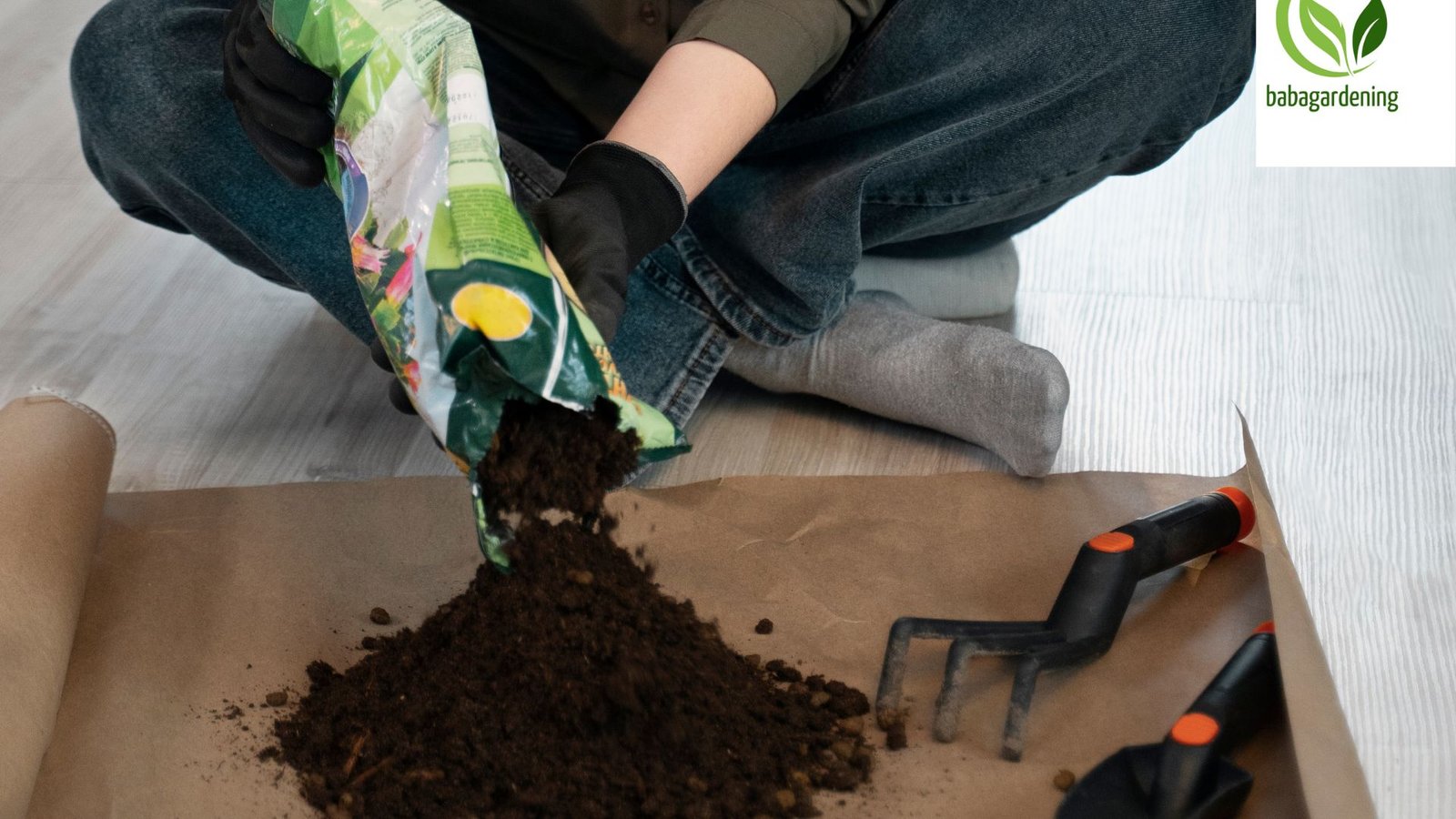
In conclusion, choosing the best mulch for tomatoes to boost growth and retain moisture depends on your gardening goals and the resources available. Organic mulches like straw, shredded leaves, and compost provide excellent benefits for soil health and moisture retention. On the other hand, inorganic mulches like black plastic and red plastic mulch offer long-term durability and excellent weed prevention.
Ultimately, the key to success is understanding your soil and climate conditions, as well as the needs of your tomato plants. By selecting the right mulch and applying it correctly, you’ll be well on your way to a bountiful, healthy tomato harvest.
FAQs
1. What’s the best mulch to use around tomato plants?
The best mulch for tomatoes includes organic materials like straw, grass clippings, and shredded leaves, as they help retain moisture and improve soil health.
2. What’s the best thing to put around tomato plants?
Using organic mulch such as straw or compost around tomato plants provides essential nutrients and helps keep the soil moist and temperature regulated.
3. Should I put mulch around tomato plants?
Yes, mulching around tomato plants helps retain moisture, prevent weeds, and protect the soil from temperature fluctuations, promoting healthier growth.
4. What is the best mulch for peppers and tomatoes?
Straw, compost, or shredded leaves work well as mulch for both peppers and tomatoes, as they improve moisture retention and soil fertility.
5.What is a good mulch to put around tomato plants?
Good mulches for tomatoes include straw, grass clippings, and shredded leaves, all of which conserve moisture and protect against weeds.

